The Plantations
1606-1630: King James I orders the plantation of Ulster, at that time the least populated and most gaelic of Ireland's four provinces. The plantation follows the defeat of northern Gaelic chieftains and the Flight of the Earls in 1603. The king grants land in six counties west of the Bann; Derry, Donegal, Fermanagh, Tyrone, Cavan and Armagh to Scottish and English settlers. Substantial private plantations are also underway involving Scottish settlers in Antrim and Down with large swathes of the two counties given to loyal Scottish noblemen. Some four million acres are transferred from Gaelic Irish to planters.
1641: Ulster explodes in open warfare between English and Scottish settlers and the native Irish. Dispossessed Catholics take revenge on settlers, slaughtering thousands. In 1642 Scottish Covenanters, a Presbyterian militia, invade the North and take their revenge on many of the Catholic inhabitants. Tit-for-tat killings continue for the next decade. "On both sides there is nothing but burning, robbing in cold blood and cruelties such as are not usual even among the Moors or Arabs," Irish nobleman Owen Roe O'Neill observes. The massacre of Protestant settlers has a profound impact on the psyche of those who settle in Ulster.
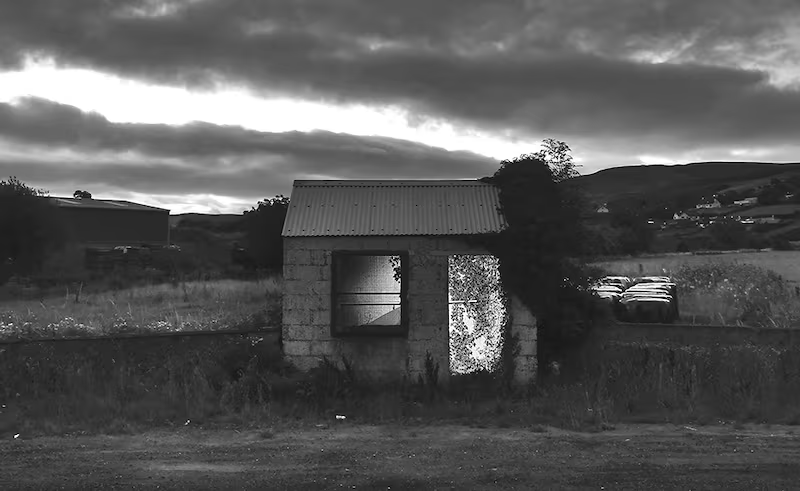
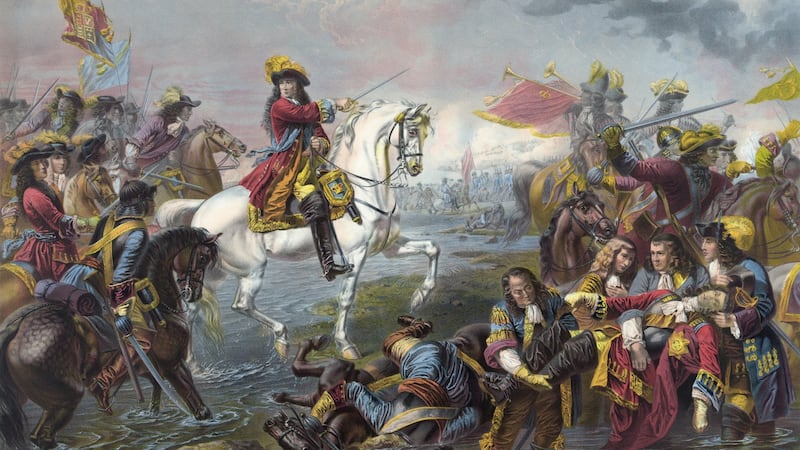
1690: William of Orange defeats exiled King James II at the Battle of the Boyne. The battle is decisive in consolidating Protestant domination in Ireland.
1782-1800: Grattan's short-lived parliament gives legislative independence within the Crown to an Irish Parliament, albeit one consisting exclusively of members of the Protestant Ascendancy.
1800: The 1798 rebellion puts paid to Grattan's parliament. The parliament is abolished in 1800 under the Act of Union. Henceforth, Irish MPs will only sit in Westminster. For the whole of the 19th century, Irish nationalists campaign for an end to the Act of Union.
The fight for Home Rule
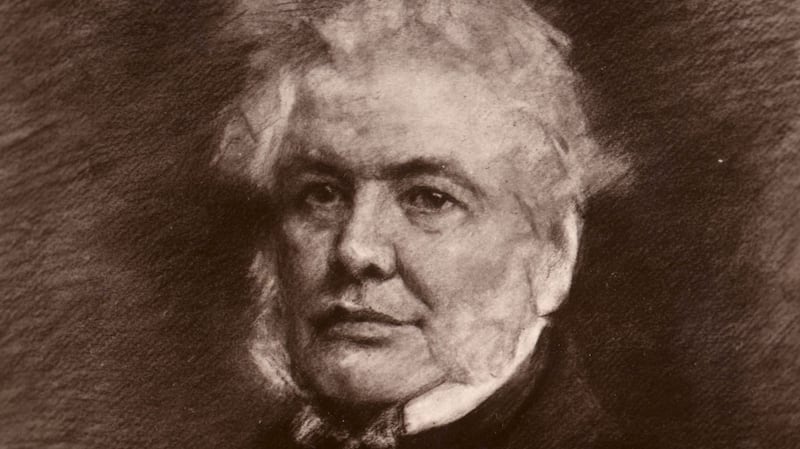
1870: Isaac Butt forms the Home Rule Association which campaigns for self-government for Ireland within the United Kingdom.
1882: The Irish Parliamentary Party is formed to elect MPs to the Westminster parliament with the goal of achieving home rule for Ireland. The party dominates Irish electoral politics until 1918.
1886: The first Home Rule Bill is introduced into the House of Commons by British prime minister William Gladstone. The first stirrings of fierce Ulster opposition to home rule are apparent as sectarian riots hit Belfast in June after the bill is defeated. Dozens are killed. Unionist opposition coalesces to oppose home rule with the phrase "Ulster will fight and Ulster will be right".
1892: A second Home Rule Bill is passed in the House of Commons, but defeated in the House of Lords.
April 1912: The Irish Parliamentary Party again holds the balance of power in Westminster. A third Home Rule Bill is introduced into the parliament. This time the power of the House of Lords to defeat it is curbed. It is due to become law in 1914.
September 28th 1912: Edward Carson organises the Ulster Covenant. More than 450,000 sign a pledge to resist home rule.
January 1913: The Ulster Volunteer Force (UVF), an armed militia opposed to home rule, is founded.
November 1913: The Irish Volunteers is founded by nationalists to ensure the introduction of home rule in Ireland and as a counter-militia to the UVF.
March 1914: The Curragh incident occurs. More than 50 British army officers based in Ireland indicate that they will resign their commissions rather than move against Ulster. The proposed mutiny convinces many Irish nationalists that the British cannot be trusted to implement home rule.
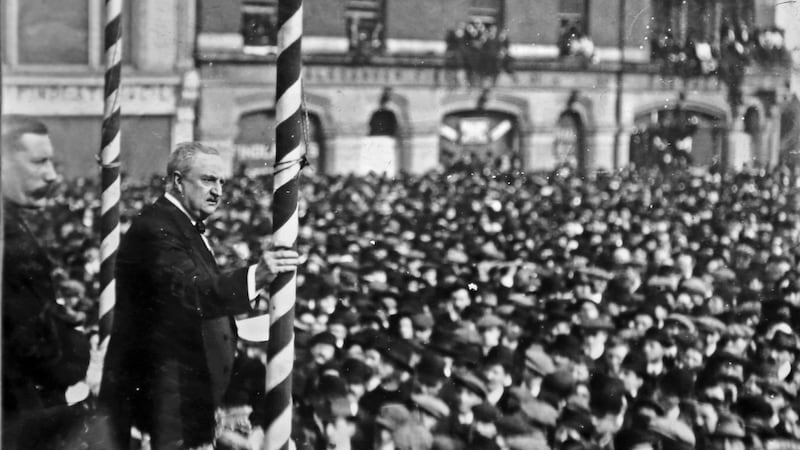
March 1914: John Redmond concedes the "hateful expedient" of partition with the expectation that Ulster will be excluded from the initial home rule settlement though the number of counties involved has yet to be decided. He insists on it being time-limited to six years but Unionist leader Edward Carson dismisses the time limits as a "stay of execution".
April 1914: The UVF smuggle 20,000 German rifles with three million rounds of ammunition into the port of Larne.
July 1914: The Buckingham Palace conference takes place between nationalist and unionist leaders over the implementation of home rule. At the same time the British cabinet pores over maps of border counties examining nationalist areas that might be included in a home rule parliament.
"We sat again for an hour and a half discussing maps and figures and always getting back to that most damnable creation of the perverted ingenuity of man - the County of Tyrone," British prime minister Herbert Asquith declares.
“I have rarely felt more hopeless in any practical affair: an impasse with unspeakable consequences upon a matter which to English eyes seems inconceivably small and to Irish eyes immeasurably big. Isn’t it a real tragedy?”
No agreement is reached about what parts of Ulster can be excluded from home rule. The first World War breaks out a week later.
September 1914: The Home Rule Act becomes law, but is suspended for the duration of the war.
The Easter Rising
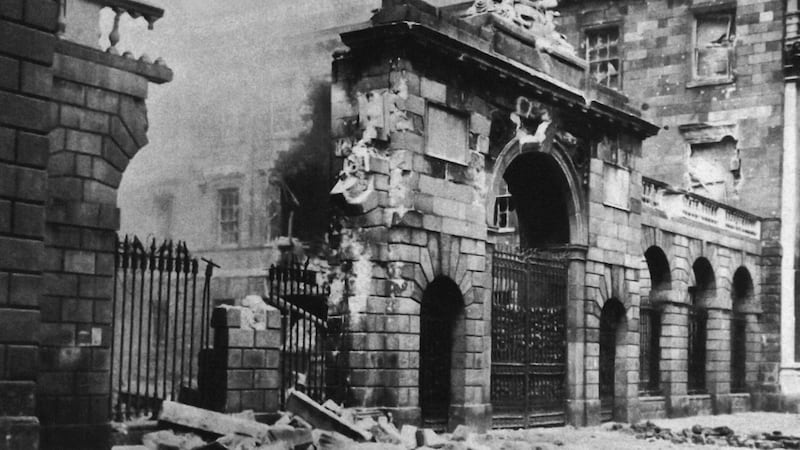
April 1916: The Easter Rising occurs in Dublin. Rebels who take up arms against the British reject home rule, which would have given Ireland self-government within the United Kingdom. They want an independent Irish republic.
July 1917-April 1918: The Irish Convention is called. Nationalists and unionists meet to try and decide an agreed future for Ireland, but the assembly is boycotted by Sinn Féin. The issue of customs dominates many of the early proceedings with nationalists insisting that a home rule parliament should have control of customs revenue - at that time the chief way in which governments raised taxation. This is vehemently opposed by unionists who fear tariffs and customs will cut Northern industry off from its most important market in Britain.
The final report is passed by 66 votes to 34. It envisaged a home rule parliament for the whole country with safeguards for Ulster, but its implementation is bound up with the introduction of conscription in Ireland in April 1918 and is rejected. Nationalists and unionists would not meet again to discuss the future of Ireland until the Sunningdale conference of 1973.
April 1918: After the death of the Irish Parliamentary Party leader John Redmond in March, his successor John Dillon leads the party out of the House of Commons in protest at the imposition of conscription in Ireland.
January 1919: Sinn Féin, which wins a landslide victory in the 1918 general election, convenes the first Dáil. On the same day the War of Independence begins with the goal of securing an independent Ireland. The first Dáil and the War of Independence both envisage a united independent Ireland.
September 1919: The British government struggles to enact the Home Rule Act which is now opposed by both nationalists and unionists. A committee headed by the colonial secretary and arch-unionist Walter Long is set up to examine this option. Somewhat surprisingly the committee proposes a two home rule-parliament solution, one for Ulster and the other for the rest of Ireland. This is a volte-face for unionism as they had been adamant that they wanted to remain an integral part of the United Kingdom. The committee concludes: "The sacrifice which Ulster will be called upon to make in assuming control of its own local affairs is one which the imperial government and parliament is clearly entitled to ask its people to make".
Unionist leader James Craig says he will not oppose a parliament for Ulster provided it consists of six counties with a Unionist majority rather than the nine counties of the historic province. This is to ensure a built-in unionist majority into perpetuity. Unionists reason that including the Catholic-majority provinces of Donegal, Cavan and Monaghan will imperil the long-term future of Northern Ireland.
Many unionists are also convinced that they cannot trust successive British governments to safeguard the separation of Ulster from the rest of Ireland and believe only a home rule parliament for Northern Ireland will suffice.
December 22nd, 1919: David Lloyd George introduces the committee findings into the House of Commons. He supports the idea of two home rule parliaments for Ireland and says that if the Irish want unity, the British will not stand in their way. He also warns that the British will fight any attempts by the Irish to separate in the same way the Union fought the Confederates in the American Civil War.
Northern Ireland is created
December 23th, 1920: The Government of Ireland Act 1920 becomes law almost exactly a year after the bill is introduced into the House of Commons. It creates two home rule parliaments and divides Ireland on a 26/six county basis. Northern Ireland is created. The act is rejected by Sinn Féin which demands full independence, but Ulster unionists accept it.
June 1921: Northern Ireland is created with the opening of its parliament by King George V. The king makes a conciliatory speech saying: "I appeal to all Irishmen to pause, to stretch out the hand of forbearance and conciliation, to forgive and to forget, and to join in making for the land which they love a new era of peace, contentment, and goodwill."
July 11th 1921: A truce is called between crown forces and republicans to allow for talks about the future of Ireland.
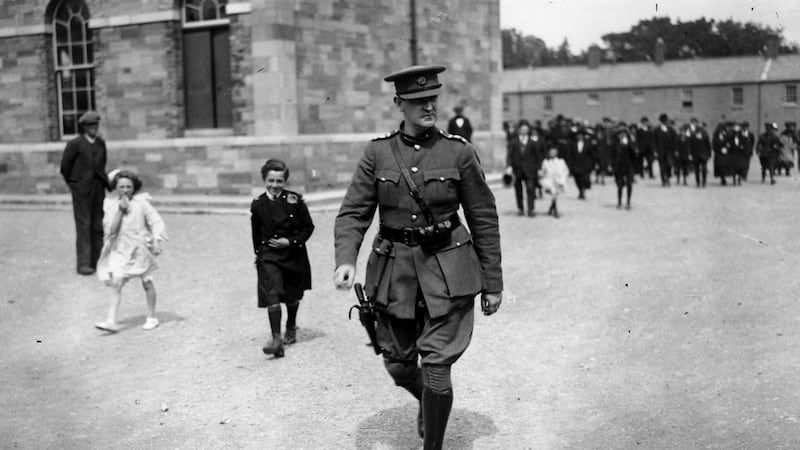
December 1921: The Anglo-Irish Treaty is signed setting up the Irish Free State and copper fastening partition. The Irish Free State is created and it will have dominion status within the British empire - effectively independence. Nationalists believe partition will be a temporary issue as clause 12 of the Treaty provides for a Border Commission. Many nationalists are confident that the commission will make Northern Ireland so small as to render it unviable.
January 1922: The Treaty is ratified narrowly by the Dáil. A general election in June 1922 is won mostly by pro-Treaty politicians, but it is not enough to prevent the Civil War breaking out.
December 1922: The Irish Free State comes into being, making the Border an international frontier.
April 1923: The Irish Free State introduces customs controls which remain until 1993 and the creation of the Single Market. These customs posts are manned with varying degrees of efficiency and smuggling becomes a way of life for many in border areas.
November 1925: The Boundary Commission report is leaked to the Morning Post. Far from proposing the wholesale changes nationalists wanted, it only envisaged a modest transfer of land from Northern Ireland to the Free State. The Free State representative Eoin Mac Neill resigns. The Free State Government is panicked by the news and seeks concessions from both the British and Unionist governments. None are forthcoming, with both governments reminding their Irish counterparts that the commission was doing what it set out to do which was to look for possible territorial swaps on both sides of the Border. Eventually the impoverished Free State agrees to drop its demand for the inclusion of nationalist areas in the North in return for a debt write-off. The British agreed to cancel Ireland's imperial debt obligation and the status quo remains.
1932-1936: The Economic War between Britain and Ireland has a detrimental impact on border commerce. Farmers and food producers in border regions are required to pay import duties on agricultural produce; goods can only be transferred across the border at 16 customs posts. The impact is severe with cross-border trade declining by two thirds.
The Troubles
1956-1962: The IRA's border campaign sees the closure of many minor roads and increased security in border areas.
1969-1995: The Troubles again see the closure of several minor roads and regular British army checkpoints become a feature of life particularly in south Armagh.
August 1970: The Border road at Crossmaglen is closed after two RUC men are shot dead.
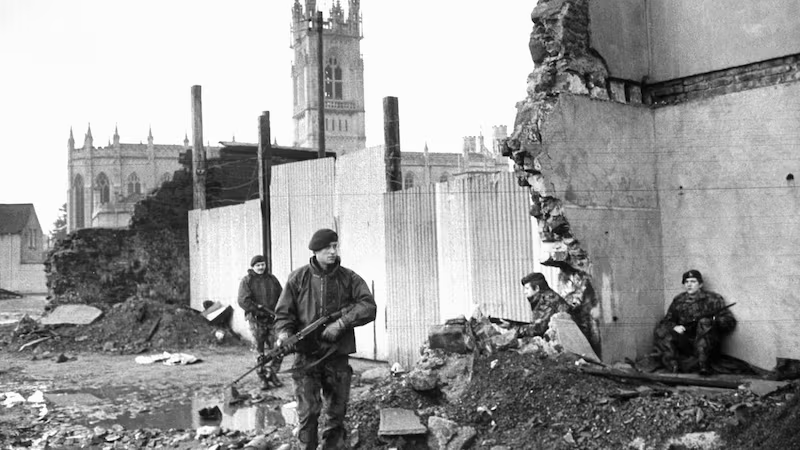
August 1972: A bomb planted by the Provisional IRA blows up a customs post in Newry killing nine people, including the three IRA members who planted the bomb.
1993: All customs posts on the island for Ireland are abolished as the EU Single Market comes into force.
1998: The Belfast Agreement is signed.
2006: The last British watchtower is dismantled. This effectively ends the Border as a visible entity.
The UK votes for Brexit
June 2016: The United Kingdom votes to leave the European Union.
January 2017: British prime minister Theresa May says Brexit means being out of both the single market and the customs union. This means the integrity of the single market can only be maintained if there is a customs frontier between the Republic of Ireland and Northern Ireland. This means customs checks and a hard border.
December 2017: The UK and the EU agree a deal with creates a "backstop". The backstop states that, in the absence of a comprehensive trade agreement between the EU and the UK, it will ensure there will be no hard border between the North and South. In other words, in the absence of another solution for the Border, Northern Ireland will effectively remain within the EU customs union.
November 2018: The UK Withdrawal Agreement is published which sets up a transitional arrangement that will be in force until December 2020. Crucially it confirms that the backstop will operate by keeping the UK in the customs union with the EU in order to avoid a hard border.
January 2019: The Withdrawal Agreement is rejected by UK MPs by a vote of 432 to 202 making a no-deal Brexit more likely.
January 22nd, 2019: The European Commission confirms publicly for the first time that a no-deal Brexit will lead to a hard border on the island of Ireland.


















